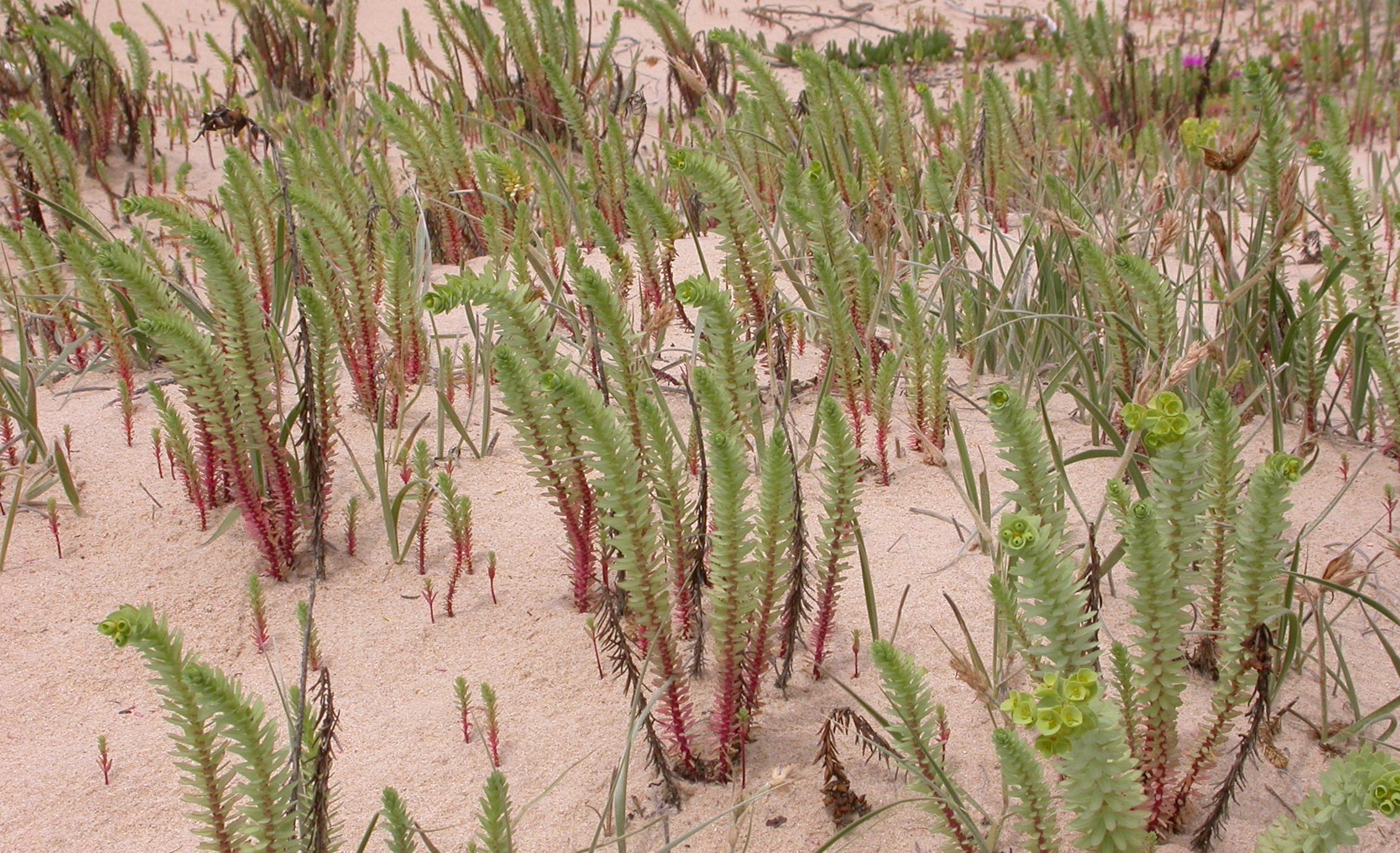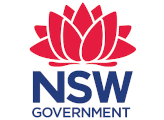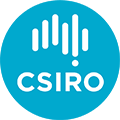Sea spurge
Sea spurge (Euphorbia paralias) is a significant environmental weed in southern Australia. NSW coastal dune ecosystems are continuously being invaded by ocean-dispersed seed likely originating from sea spurge infestations in Victoria and Tasmania.
This sub-project focused on the foliar blight fungal pathogen Venturia paralias (previously referred to as Passalora euphorbiae), which causes severe disease of sea spurge in its European native range. Comprehensive host-specificity testing was performed in an Australian quarantine facility to assess any risks that the fungus could pose to non-target plant species. Results indicated that the fungus does not pose a threat to non-target species, and thus approval for its release in Australia was sought from the relevant authorities. The biocontrol agent was approved for release in November 2020 and research has since been conducted to develop effective methods for production and field releases. A release program for the agent that is specifically targeting sea spurge infestations in south-east Australia ran from 2021 to 2024.
Gavin Hunter of CSIRO led this sub-project.
For further information and results from this project, please visit the Sea spurge website here:
https://research.csiro.au/sea-spurge/previous-research-2017-2024/

Close-up of sea spurge plants growing on a beach in southern Australia.
Thanks to all collaborators who 1) kindly made collections of sea spurge accessions in Australia and some of the non-target plant species included in host-specificity tests, and 2) assisted with field releases of the agent in Australia.


